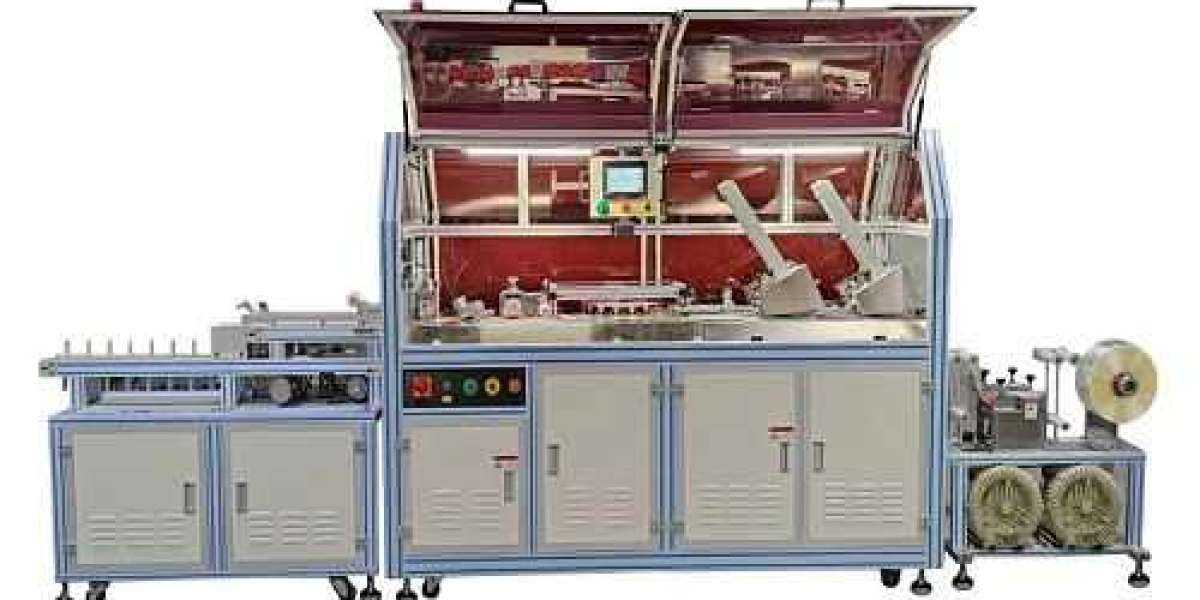One of the major challenges in 3D printing is moisture absorption by filaments, particularly materials like PLA, PETG, ABS, and nylon, which are highly hygroscopic. The absorption of moisture compromises the filament's integrity, leading to issues like poor adhesion, inconsistent extrusion, and brittle prints. This is where filament dryer play a crucial role, and their development is set to follow a promising trajectory as the industry advances.
Increasing Importance of Filament Dryers
As 3D printing moves towards more specialized and industrial-grade applications, the importance of controlling the quality of filaments will grow. With industries such as aerospace, healthcare, and automotive demanding precision-engineered parts, manufacturers will require high-performance filaments with stringent drying requirements. Filament dryers, which remove excess moisture, will become essential in ensuring the accuracy and longevity of parts produced for these sectors.
Additionally, the rise of multi-material 3D printing, which involves the use of different filaments with varying moisture absorption rates, will further increase the demand for filament dryers. In this context, dryers capable of adjusting to different material properties will become invaluable tools for maintaining consistent print quality.
Smart and Energy-Efficient Drying Solutions
The next wave of filament dryers will likely integrate smart technology, making them more user-friendly and efficient. Features like automatic moisture detection, humidity control, and drying cycle adjustments based on filament type will become standard. Some advanced filament dryers may incorporate IoT capabilities, allowing users to monitor drying conditions remotely via smartphone apps, adjust settings, and even receive alerts when filaments are ready for use.
Energy efficiency will also play a major role in the development of future filament dryers. As sustainability becomes a growing concern, manufacturers will likely focus on reducing the power consumption of dryers without sacrificing performance. This could involve using advanced insulation materials, optimizing airflow designs, and integrating energy-saving modes.
Integration with 3D Printers
The future may also see a seamless integration of filament dryers with 3D printers. This could involve dryers being built directly into the printer or existing as an add-on module that communicates with the printer’s firmware. Such integration would allow for real-time adjustments during the print process based on filament conditions, ensuring optimal extrusion and eliminating the need for manual intervention.
Compact and Modular Designs
As desktop 3D printing becomes increasingly popular among hobbyists and professionals alike, the demand for compact and modular filament dryers will rise. Manufacturers will focus on creating space-efficient designs that can easily fit into home or office setups. Modular designs will allow users to scale their filament drying capacity based on their specific needs, providing flexibility for different print volumes and filament types.
Conclusion
The future of 3D filament dryers lies in smart, efficient, and integrated solutions that enhance print quality while adapting to the evolving needs of various industries. As 3D printing continues to grow in complexity and scope, filament dryers will become indispensable tools, ensuring consistent performance and contributing to the overall advancement of additive manufacturing technology.



